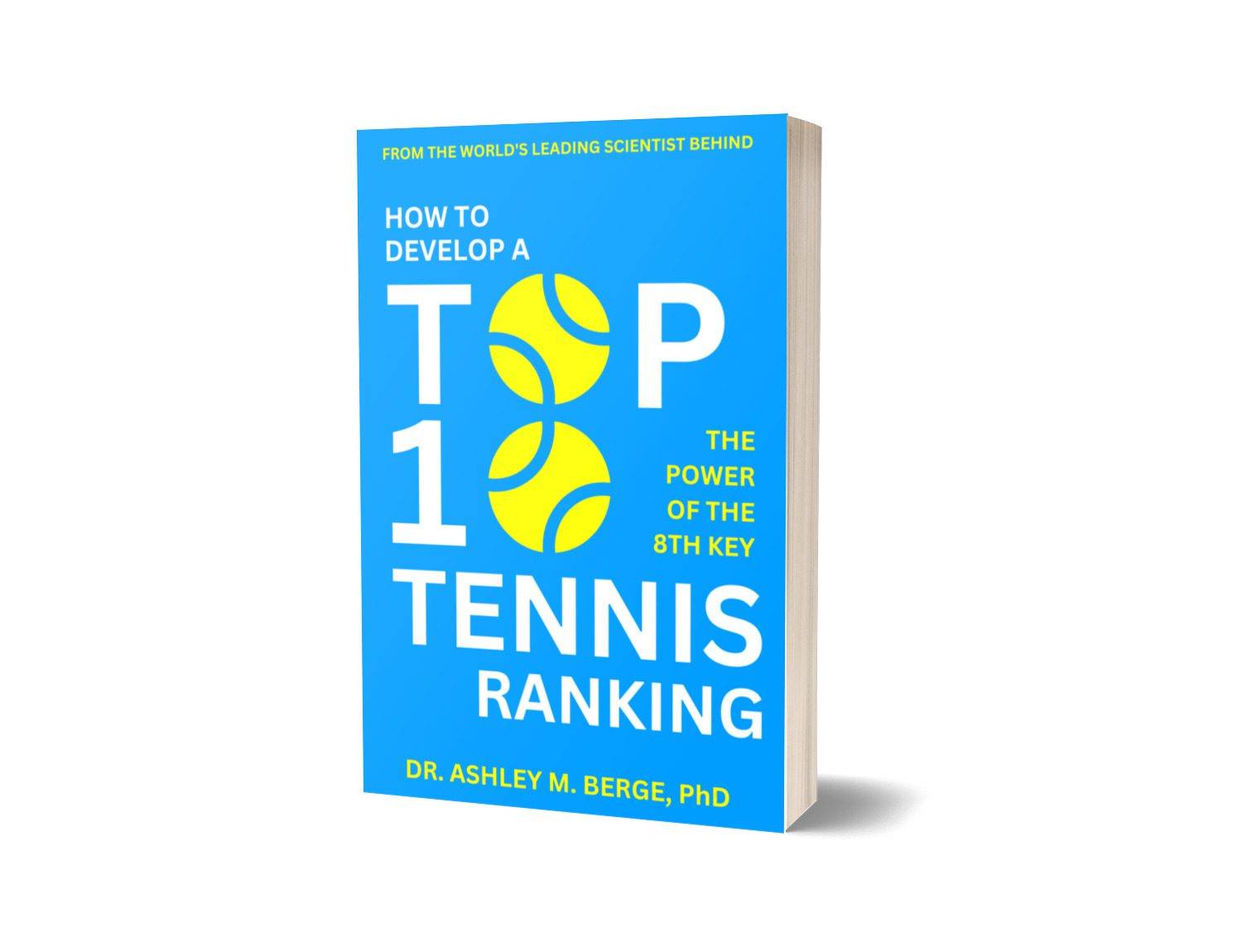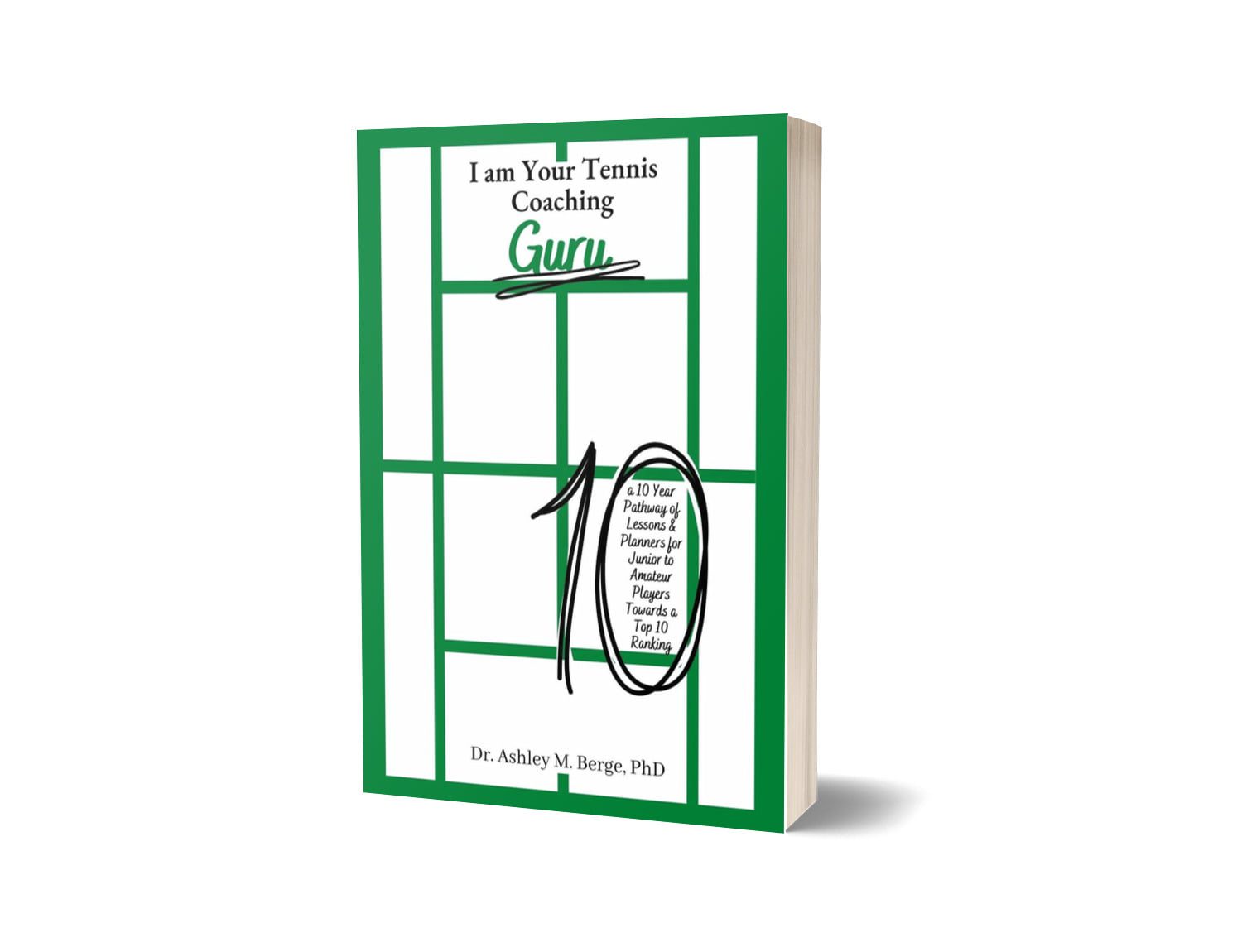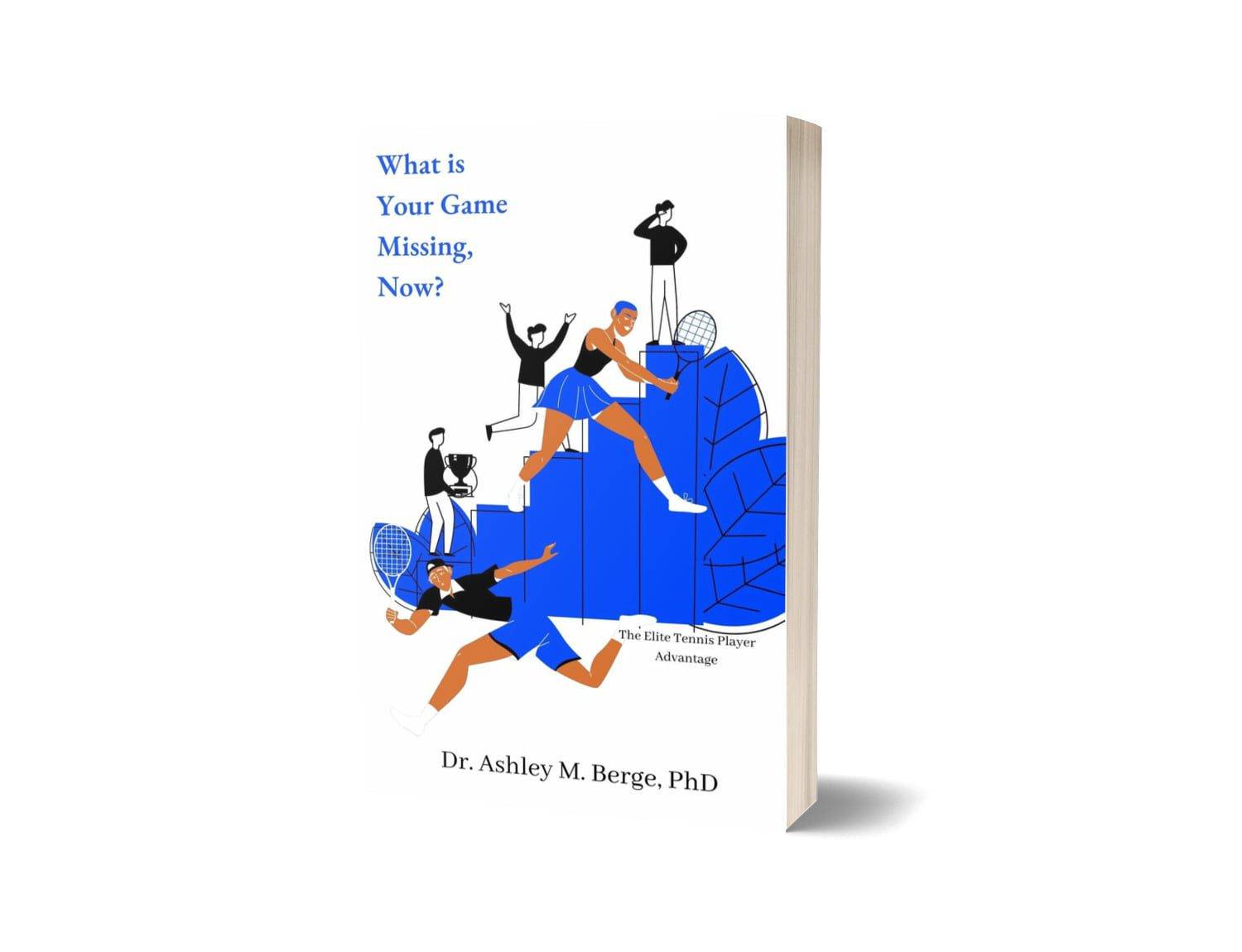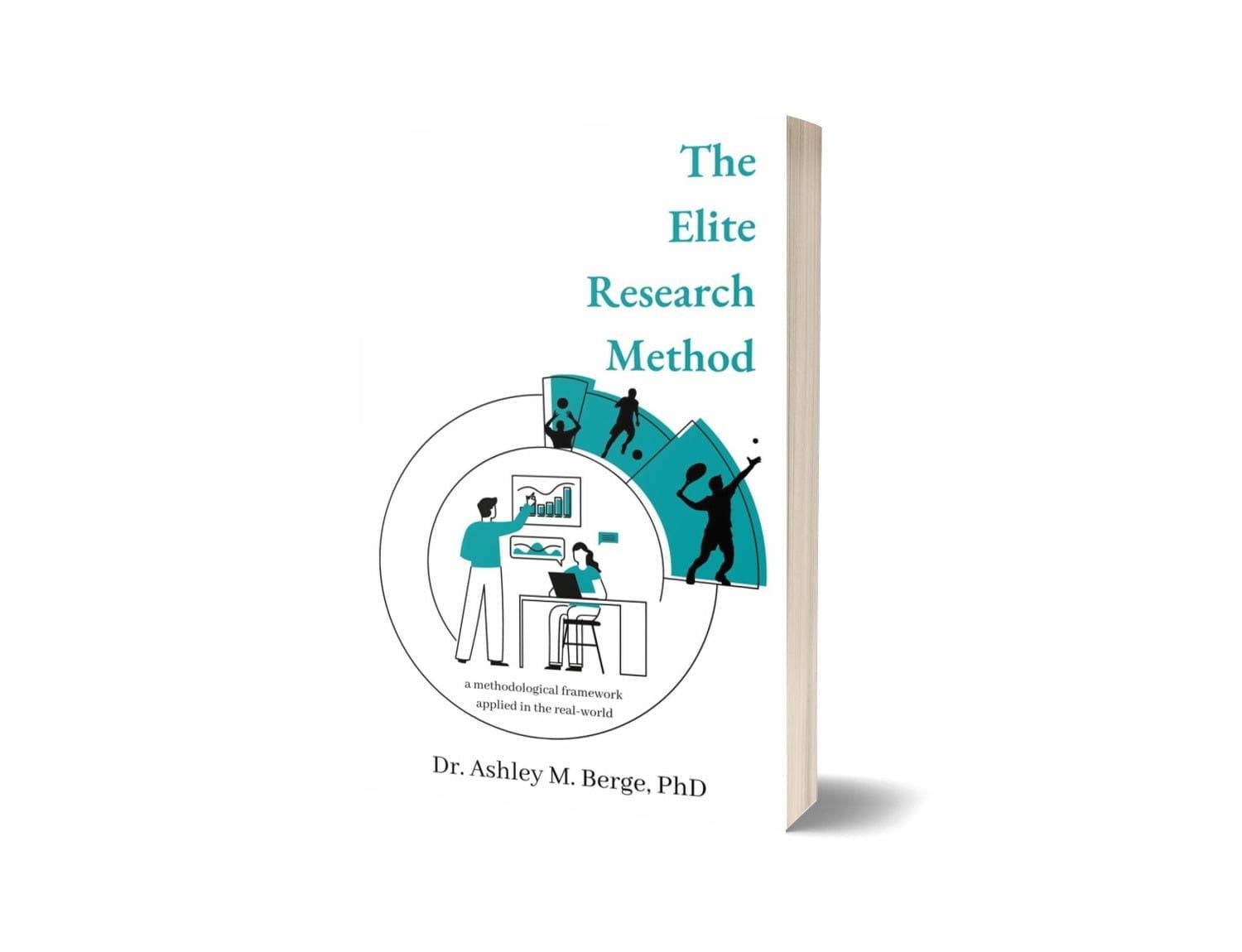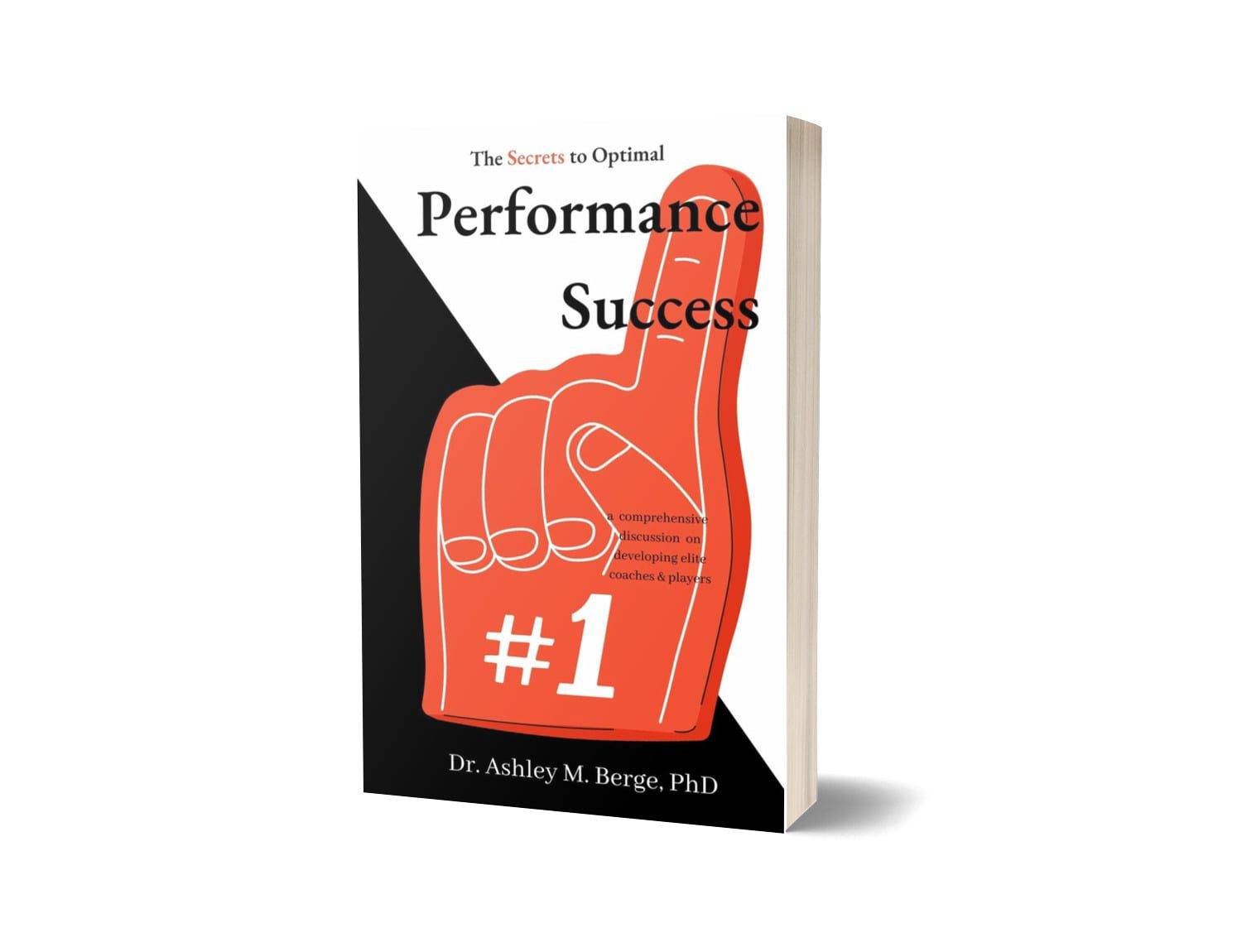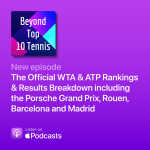
As the world’s leading scientist and elite performance coach across the tennis landscape, my life’s work has been an unwavering pursuit to unlock the secrets behind developing and sustaining a top 10 tennis ranking among other achievements i.e. Grand Slam success. Through over two decades of research, data analysis, and working with athletes across the globe, I have identified technical rulers as one of the critical lynchpins separating the elite echelon from the rest of the field.
This fundamental principle was brought into sharp focus during the latest episode of Beyond Top 10 Tennis, where I analysed the performances and subsequent implications from the prestigious Madrid Open. By dissecting the results through the lens of my groundbreaking theories and frameworks, a compelling narrative emerged – one that underscored the pivotal role technical autonomy plays in propelling players to the apex of the sport.
At its core, technical autonomy represents the harmonious synthesis of physical technique and psychological mastery, where execution becomes innate, freed from the constraints of conscious thought. It is the hallmark of true elite performance, a state where tactics and decision-making flow with an unconscious, symbiotic fluidity. However, as my extensive data reveals, attaining this rarified plane is a feat achieved by a mere 8% of the world’s top 100 players in a given season.
The stakes are perilously high, for the other 92% find themselves ensnared in a perpetual tug-of-war against the relentless forces of regression. A sobering 50% of the vaunted top 10, paradoxically, are rendered susceptible to being displaced from their lofty perches, their grip on technical autonomy slipping like grains of sand through clenched fists. It is this brutal reality that adds a visceral urgency to the insights each episode and Book imparts.
Madrid serves as a microcosm of this eternal struggle, a tapestry woven from the threads of triumph and tribulation, of ascents and descents. The ageless Rafael Nadal, a fading titan summoning fleeting flashes of his erstwhile claycourt genius, fell for the final time on his home courts and yet his performance was far from being a mere footnote. A poignant reminder that even legends must continually reforge their technical acuity, lest they be consumed by the churning tides of generational upheaval.
It is here that my work, built upon a foundation of over a decade of research and international collaborations, offers a revelatory roadmap. Through a harmonious synthesis of data-driven insights, biomechanical analysis, and psychological frameworks, I have identified the optimal pathway to developing a top 10 ranking – a progressive, incremental approach that prioritises the establishment of an unshakable technical foundation.
This philosophy is enshrined in the very core tenets that underpin my teachings, most notably in “The 7 Keys to Optimise Your Life” and the groundbreaking “Optimal Performance Theory” shared in “The Science of Elite Performance”. These works, complemented by a vast repository of over 90 collective articles and blog pieces, offer a comprehensive blueprint for players, coaches, and parents alike to navigate the perilous waters of elite tennis development. Of course, 11 Books I have penned are must-haves to work in conjunction with these pieces.
At the heart of this approach lies a fundamental truth – the pursuit of technical autonomy is not a fleeting fancy, but a lifelong odyssey that demands an unwavering commitment to the process. It is a Sisyphean task of ingrained muscle memory, a mantra echoed in the ‘10,000 hits’ paradigm that has become a cornerstone of the entwined philosophy.
For it is only when the technical minutiae become second nature, hardwired into the neurological fabric of a player’s being, that the mental shackles are unlocked, freeing the consciousness to operate at its highest stratosphere. This is the elusive realm where point construction transcends conscious thought, where tactics flow like an unconscious stream, and where the chasm between the baselines and the cerebral battleground dissipates.
Yet, as the data reveals, this transition is far from seamless. Players embarking on the journey of integrating new technical elements into their games must brace for a temporary dip in results and rankings. It is a necessary sacrifice, a give-and-take that allows the autonomy of muscle-memory to amend and give way to the new — to be rewired, creating the fertile soil from which technical autonomy can blossom.
This phenomenon was brought into sharp relief during this week’s episode, as I analysed the performances of players actively partaking in and/or those in much need of this precarious transition. The perfect example is front and centre by the WTA No. 1 Swiatek, showcasing a level of technical autonomy that rendered her unapproachable, her matches unfolding with a clinical, almost ethereal efficiency.
In contrast, players like Rune, though undeniably talented, displayed glimpses of technical dissonance – fleeting moments where execution and intent grew discordant, indicative of the ongoing necessary ‘break’ in their respective state-of-autonomy. It is a phase all players must navigate, a crucible that separates the transient from the transcendent. But whether or not this is the cause for a rankings regression — with intent, or otherwise, will unfold over the coming weeks and season.
This dichotomy between conscious effort and unconscious mastery is further explored in my latest groundbreaking release, “How to Develop a Top 10 Tennis Ranking.” This seminal work, a culmination of over a decade of research and on-court collaborations, delves into the 8th Key – the elusive element that amplifies and elevates a player’s game towards that rarified top 10 stratosphere.
Within its pages, I unpacked the intricate web of technical parameters, biomechanical markers, and psychological frameworks that must be seamlessly integrated to forge an unbreakable state of technical autonomy. It is a revelation that has sent shockwaves through the tennis world, a paradigm shift that offers an unprecedented level of insight and guidance for those seeking to break the ultimate barrier.
As the sun-baked terra cotta of Madrid is in its final days, a clarion call echoes through the hallowed corridors of academies and training facilities across the globe as the 2024 French Open approaches. It is a summons to the endless grind, to the relentless pursuit of technical mastery that has defined the legacies of the immortals which by months end will begin the next quest for the next Champion.
For in this arena, where the margins between greatness and obscurity are measured in millimetres and milliseconds, it is those who heed this call, who embrace the process with a monastic level of devotion, that will etch their names amongst the pantheon of tennis legends. And it is my life’s work, an unwavering commitment, to remain steadfast as the guiding light that illuminates their path towards that elusive summit.
Through a potent combination of data-driven analysis, biomechanical assessments, and psychological frameworks, AM8 International shares a revelatory roadmap – a blueprint that has been forged on real-world on-court implementations. It is a holistic, multidimensional approach that leaves no stone unturned, addressing every facet of a player’s game, from the technical to the mental, the physical to the strategic.
And at the core of this philosophy lies a fundamental truth – a truth that echoes through the hallowed clay courts of the French Open and will continue to reverberate through every Grand Slam around the globe. The pursuit of technical autonomy is not a fleeting fancy, but an eternal odyssey, a lifelong commitment to mastering one’s craft with a level of dedication that transcends mere ambition — perhaps even mortals.
For those with the courage and conviction to embrace this truth, to internalise it to the very core of their being, the rewards are as timeless as the game itself – the eternal embrace of tennis immortality. So as the dust settles before the roars ignite the crowds come the 2024 French Open and 2024 Paris Olympics, here is a call to all – a summons for players, coaches, and parents alike to join AM8 International in their own unrelenting quest. We’ll be with you each and every step of the way.
This week’s piece was built on the latest episode in conjunction with Claude.ai — prompted to provided a summary in my voice that I have heavily amended and edited whilst keeping with the spice. If you enjoyed this piece, I will leverage Claude.ai more often to provide a more concise summary of our episode transcript — which Claude.ai was provided with along with some key prompts from myself to build this piece. Please keep in mind that this is done with the intent to provide a more concise summary of an episode transcript that is ten-fold this duration (at a minimum). Noteworthy that as the author of this work, I used my own work, my own instructions, along with my own guidelines, to provide a summary of my own work — research, analysis and otherwise, to provide you with this week’s piece: amended and edited by yours truly.
To learn more about our data, predictive analytics and how to optimise your own performance, head on over to AM8 International. To learn more about AM8 International check out our selection of Books and/or options to join Dr B’s Pack to gain exclusive access to the best in the world. Not quite ready? Head on over to Beyond Top 10 Tennis for free access to 80+ episodes directly from Dr Berge of what it really takes to win multiple Grand Slams to securing that Top 10 tennis ranking with new episodes each week. More? Catch up on our Tips over on TikTok, Twitter, Threads or Instagram for quick snippets to apply in your game, today.
